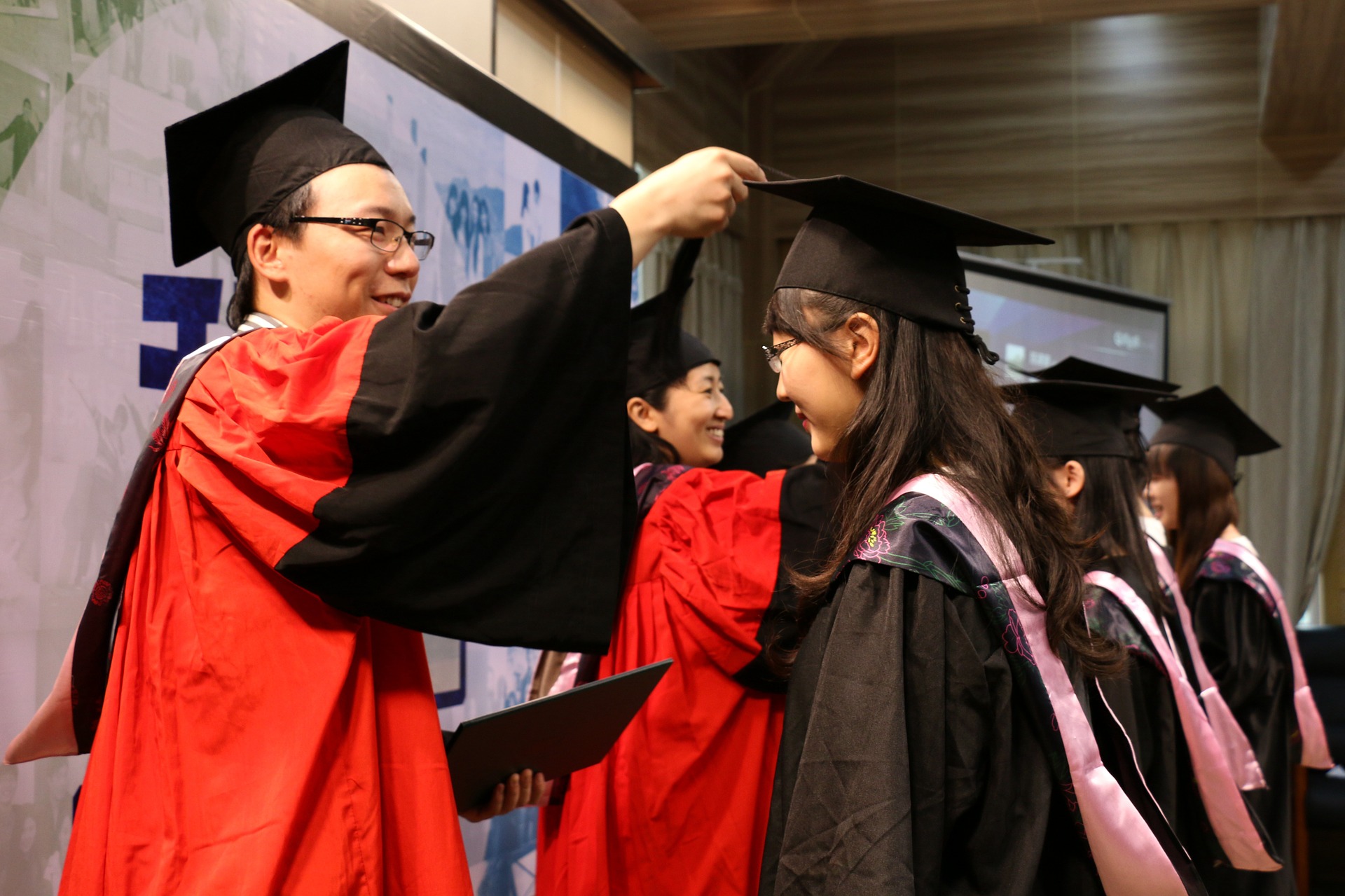Absorbing Young Asian Graduates: A Case of India and China
China and India have a large number of students graduating annually. In India, there were an estimated 6.5 million graduates awarded an undergraduate degree in 2019. In China’s case, the corresponding figure was 7.6 million.
Many hope to create unicorn firms, and a handful are successful in building such billion-dollar enterprises. This is one end of the spectrum. But on the other, the larger problem is to absorb the graduates in meaningful work. How best to employ the youth who ought to be unfettered by historical ideas? Which commercial and civic sectors need the numerous graduates coming out of Indian and Chinese higher education centers?
Horasis is organizing the Horasis Asia Meeting on 26 November 2021 to deliberate on such issues. The one-day virtual event will see participation from a diverse range of people, spanning members of governments, businesses, academics, and the media. The goal is to deliberate on pressing issues that and arrive at actionable solutions that can ensure shared prosperity.
What Sectors are Hiring India’s Graduates?
Over the past five years, the industries that have hired the most graduates have spanned hospitality, auto manufacturing, the banking, financial services, and insurance or BSMI segment, business and knowledge process outsourcing services, and IT and internet businesses. Over 2020 and 2021, the BSMI and IT sectors accounted for the largest share of hiring.
The India Skills Report 2021 highlighted the bulk of hiring was also concentrated in the country’s national capital region and the states of Maharashtra and Karnataka. Bengaluru, Karnataka’s state capital, has acquired the moniker Silicon Valley of the East. Interestingly, the report also found that women were more employable than men.
There is also a wide skills gap in the economy, meaning graduates often have a degree but their field of study is not in demand by employers. According to the report, youth employability was at 45.9 percent. And a large share of its young graduates did realize the shift in core skills that employers sought – language and technology skills.
India, therefore, witnessed a sharp increase in enrolments for computer and language courses. With over half its population now being internet users, many were able to reap the benefits that online learning offered.
In a further positive development, there has also been a sharp increase in local small businesses establishing an online presence. There is, no doubt, an entrepreneurial spirit that must be supplemented by mentoring. To this effect, undergraduate programs could consider laying focus on imparting beyond-basic computer skills and honing language skills, especially in English proficiency.
Where are China’s Graduates Opting to Work?
In China’s case, a higher number of college graduates are enrolling for post graduate programs, with the hope of bettering their future employment prospects. A 15.2 percent share of college graduates chose to begin a master’s degree program immediately upon completing their under graduate course.
In addition, another trend observed is the growing preference for its graduates to opt for jobs in the public sector. Despite the lower remuneration offered, the preference for this sector stems from the ability to enjoy a better work-life balance. However, there was also a strong inclination among graduates to choose a career in Big Tech. Alibaba, Huawei, Tencent, Baidu, Bytedance, and JD.com are leading organizations that a large number of graduates aspire to work with.
With China’s increasing focus on growing innovation in artificial intelligence, there will be stronger preference for undergraduate technology programs.
However, much like India, there is a significant skills gap in China too. According to a McKinsey study, there is need to update education curriculum to better enable graduates to acquire skills that its economy demands – especially as China’s economy begins to transition to a post-industrial one and move towards a knowledge economy. The study highlighted the need to develop high cognitive skills such as decision making and critical thinking.
Additionally, social and emotional skills building was necessary, especially in areas such as inculcating interpersonal and leadership skills. Meanwhile, technical skills—such as data analysis—will see even more growth in demand. There is a need, the report said, to go beyond traditional classroom learning. It suggested laying more focus on experiential learning, such as hands-on projects, to ensure a more effective outcome.
The Need to Update and Evolve
Across the world’s two most populous countries, there are two key observations made. First, both economies have exhibited a strong demand for graduates with tech skills. In this regard, it is also necessary to take steps to try and reduce the skills gap that both economies experience.
And second, there is a need to go beyond traditional learning models to newer and more effective ways. In simple terms, changing employment demands call for beyond-traditional approaches.
Photo Caption: A graduation ceremony at a Chinese college




